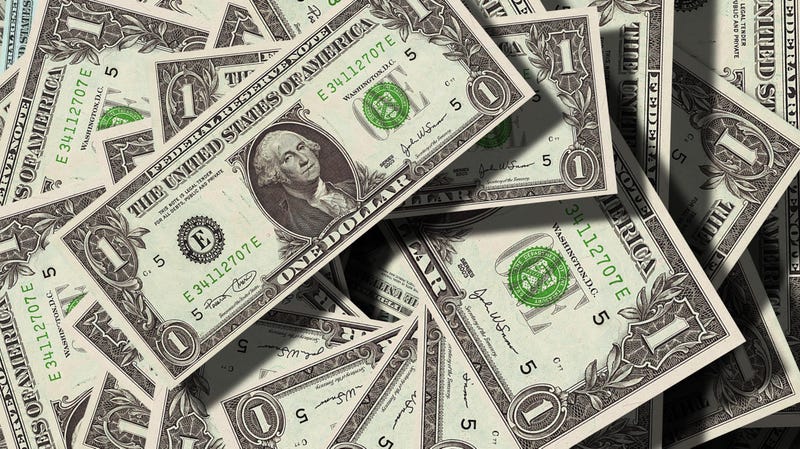Economics Chapter 3, Sections 4-6: Capitalism and Entrepreneurs

Terms to Know:
Section 4: The Factor of Capital
- A subsistence economy is an economic system that provides barely enough to keep society alive.
- Private capitalism is the system in which the majority of a nation's capital is owned and controlled by private individuals and businesses.
- State capitalism is a system in which the owner of much of the nation's capital is a powerful, centralized apparatus called the collectivist state.
- A capitalist is anyone who owns producer goods or owns a share of some business that produces goods.
Section 5: The Factor of Entrepreneurship
- Entrepreneurship is the intelligent direction and supervision of natural and human economic resources.
- An entrepreneur is a person who undertakes the management of economic enterprises on a bold scale, with some danger of losing his investment of money and time.
- It is the entrepreneur who joins together the production factors and makes possible large-scale production and distribution.
Section 6: Achieving Economic Prosperity
Three main components of capitalism are:
- (1) Property rights
- (2) Freedom of Enterprise and Competition in a market environment
- (3) Limited Government
